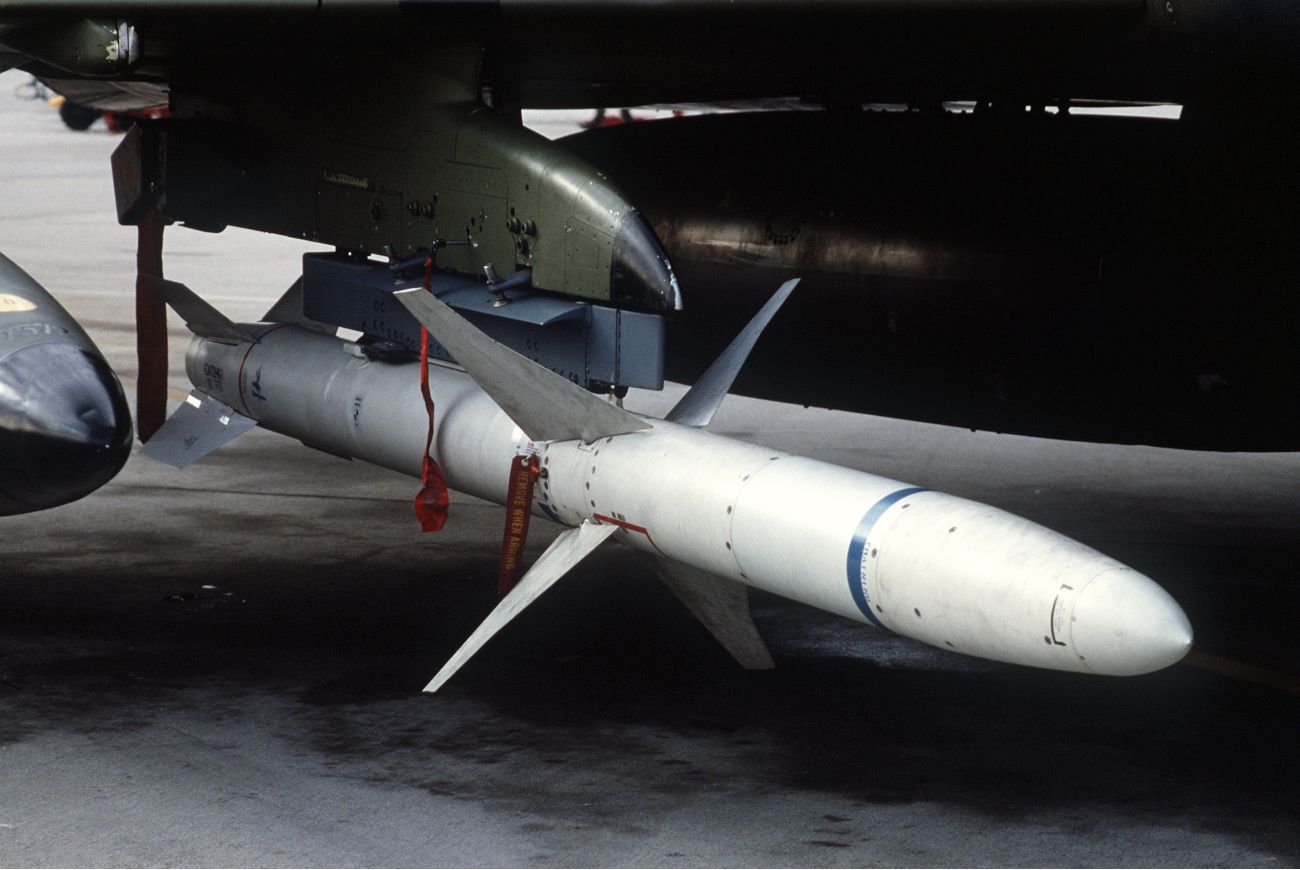Four US high-speed AGM-88 anti-radiation missiles (HARM) were shot down over Russia’s Belgorod region, the Russian Defense Ministry said on Monday.
“Four US HARM anti-radar missiles were shot down in the airspace of the Belgorod region,” the ministry said in a statement.
Earlier, Russian media claimed that US AGM-88 HARM anti-radar missiles showed zero effectiveness in Ukraine, as most of them were shot down in the air.
In mid-August, Washington supplied AGM-88 HARM missiles to Ukraine. According to open sources, the missiles are used by the Ukrainian MiG-29 and Su-27 aircraft.
“These missiles showed actually zero effectiveness in the framework of the hostilities in Ukraine – most of them were shot down by Russian anti-aircraft missile systems, another part was suppressed or set aside by means of electronic protection of air defense systems,” the source said, adding that some of these missiles also failed or missed the target.

The source noted that the low efficiency of HARM missiles is due to their mediocre maximum speed, which is a little over 600 meters per second (1342 miles per hour), and high visibility.
According to the source, Ukrainian aviation uses these missiles from a long-range to avoid destroying the aircraft, which allows the Russian military to detect missiles long before they approach the area where Russian air defense systems are located.
At the same time, the source added that HARM missiles create certain difficulties in time-coordinated combined strikes because air defense systems are automatically redirected to them as a priority threat.
“However, Ukrainian troops have not yet been able to hit a single radar of the Russian air defense system, as well as illumination and engagement radars in the area of the special military operation with HARM missiles,” the source said.
The HARM missile was adopted by the US air force in 1983. The maximum speed of the missile is declared at 2,280 kilometers per hour or 630 meters per second, while the launch range is up to 100 kilometers when used from high altitudes.
For comparison, the maximum speed of the Russian AS-17 Krypton and AS-11 Kilter anti-radar missiles exceeds 1,000 and 1,100 meters per second, respectively, and the launch range is over 200 kilometers.
Earlier in December, Northrop Grumman carried out the fourth successful flight test of its extended-range AGM-88G missile, the company announced in a press release.
“Northrop Grumman Corporation has completed the fourth successful flight test of its AGM-88G Advanced Anti-Radiation Guided Missile Extended Range (AARGM-ER),” the release said.
The US Navy launched the missile from F/A-18 Super Hornet jet during the test on November 30 at the Point Mugu Sea Range off the coast of southern California, and it successfully engaged a moving maritime target, the release said.
“AARGM-ER’s performance during testing continues to validate the missile’s ability to detect, identify, locate, and effectively engage critical air-defense targets from an extended range,” the release added.
The AARGM-ER leverages the missile’s existing sensors, electronics, and digital models and adds a new high-performance air vehicle, solid rocket motor, and advanced warhead to provide increased counter-air-defense capability for the warfighters, according to the release.
By Sputnik News Agency




